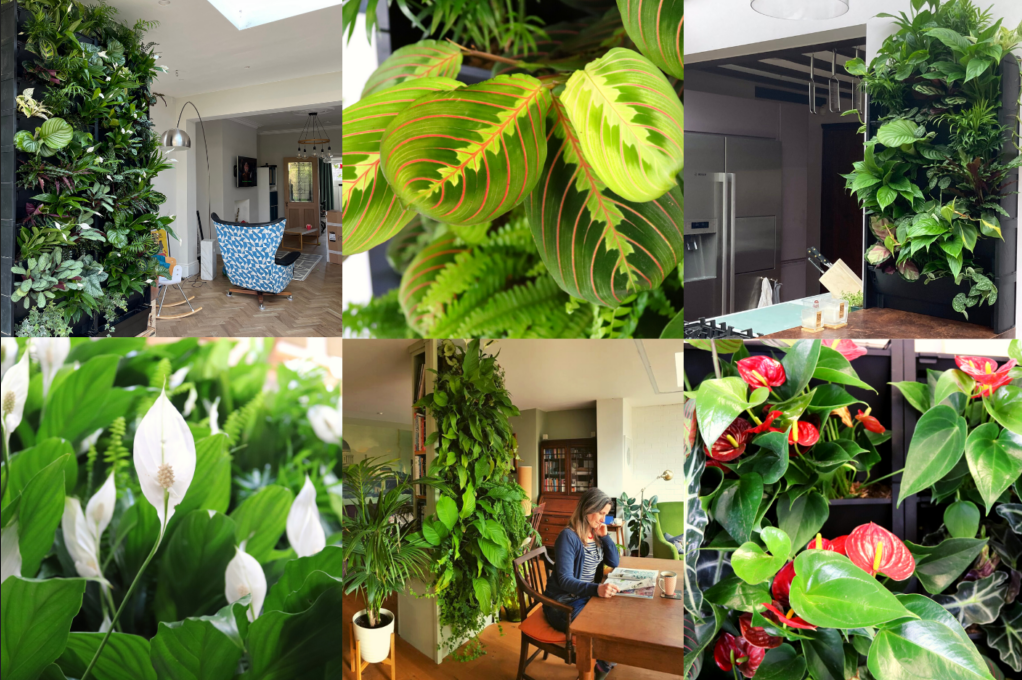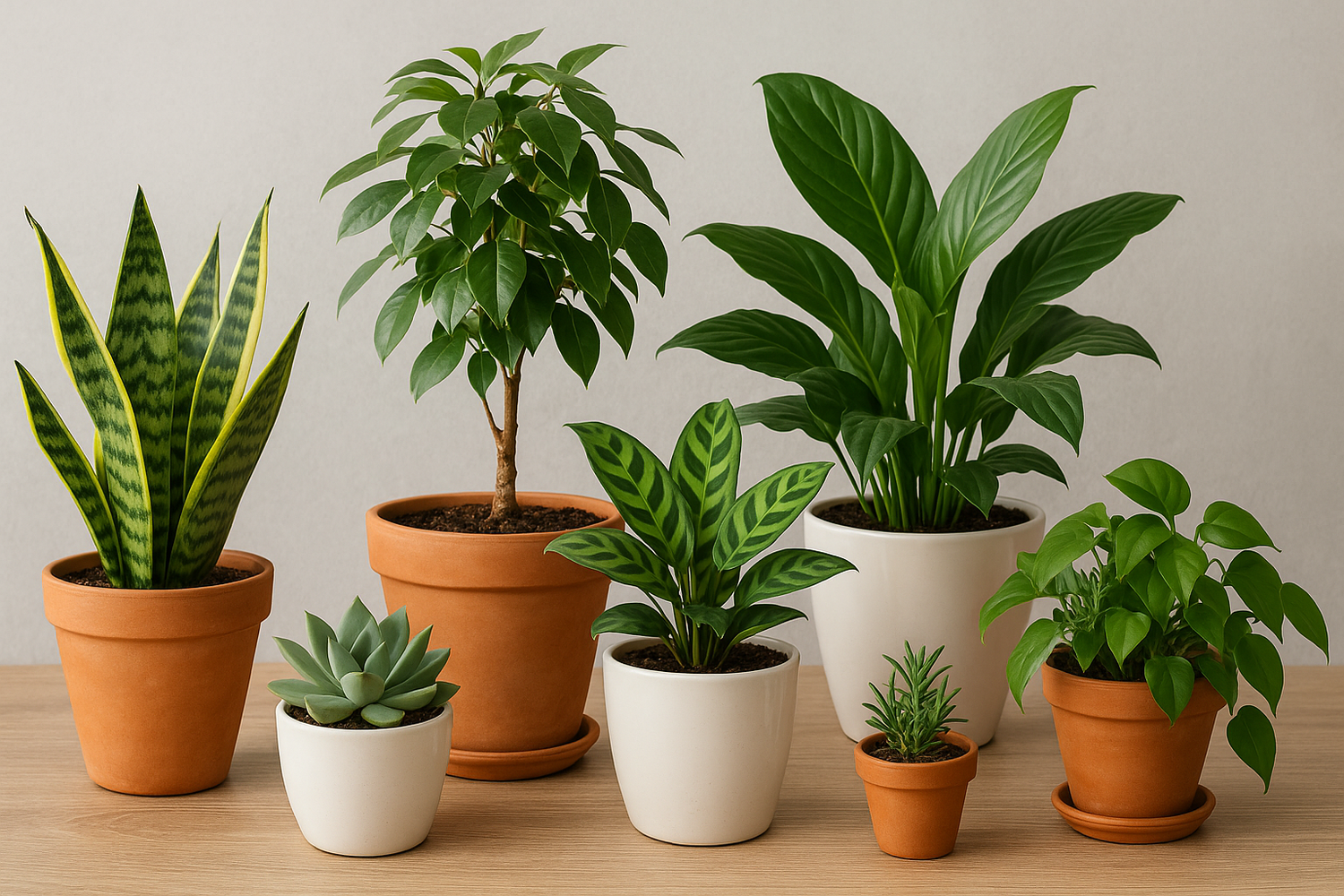If you’ve ever walked through a plant store or browsed Pinterest-worthy indoor garden setups, you’ve likely come across a variety of spiky and fleshy plants labeled as either cacti or succulents. They look similar, thrive in dry environments, and require minimal care—but are they the same?
Let’s break down the real differences between cactus and succulent plants so you can better understand what you’re growing, how to care for them, and which is the right choice for your space.
What is Succulents?
Succulents are a group of plants known for their thick, fleshy leaves and stems that store water. They’ve adapted to survive in arid environments by retaining moisture in their tissues, allowing them to thrive with little water and in high heat.
Common Traits of Succulents:
-
Water-storing stems or leaves
-
Minimal watering needs
-
Varied shapes, textures, and colors
-
Thrive in warm, dry climates
-
Ideal for indoor or container gardening
Popular types include Aloe Vera, Jade Plant (Crassula), Echeveria, and Snake Plant (Sansevieria).
What Is a Cactus?
A cactus is actually a specific type of succulent. All cacti are succulents, but not all succulents are cacti. What makes cacti unique is that they belong to the botanical family Cactaceae and have distinct physical and genetic traits.
What Makes a Cactus Different:
-
All cacti have areoles (tiny bumps or pads where spines, flowers, or branches grow)
-
Most cacti have spines instead of leaves
-
Typically leafless to reduce moisture loss
-
Many have ribbed or columnar bodies for water expansion
-
Adapted to extremely arid desert conditions
Examples of common cacti include Golden Barrel, Bunny Ear Cactus, and Saguaro.
Succulent vs Cactus: Key Differences
Here's a simplified table to help you spot the difference between cactus and succulent:
| Feature | Succulent | Cactus |
|---|---|---|
| Family | Multiple plant families | Cactaceae only |
| Areoles | No | Yes (always) |
| Spines | Rare or soft | Common and sharp |
| Leaves | Often visible | Usually absent |
| Water Storage | In leaves or stems | Primarily in stem |
| Flowering | Often seasonal | Can be seasonal but from areoles only |
| Indoor Use | Common | Common, especially smaller varieties |
Which Is Easier to Care For?
Both succulents and cacti are low-maintenance plants, which is why they’re so popular for indoor plant lovers and beginners alike. However, their care requirements can slightly vary.
Cactus Care Tips:
-
Needs full sun or bright light
-
Water sparingly (every 2–4 weeks)
-
Requires well-draining soil
-
Avoid humidity
-
Best for sunny windows or dry rooms
Succulent Care Tips:
-
Tolerates filtered or partial sunlight
-
Water when the topsoil dries out
-
Slightly more adaptable to indoor light
-
Can survive in moderate humidity
-
Ideal for office desks or low-light spots
Which Should You Choose?
Here’s a simple guide depending on your needs:
| Need | Best Choice |
|---|---|
| Low light areas | Succulents like Haworthia or Aloe |
| Sunny windows | Cactus like Barrel or Opuntia |
| Pet-safe option | Research required (many are mildly toxic) |
| Indoor air quality | Snake Plant (a succulent) is great |
| Statement plant | Large cactus like Euphorbia or Saguaro |
Benefits of Succulents and Cacti
-
Drought-Tolerant: Perfect for travelers or forgetful plant parents
-
Air-Purifying: Some varieties improve indoor air
-
Stylish & Versatile: Fits modern, rustic, or boho decor
-
Great for Small Spaces: Many varieties are compact
-
Low Maintenance: No need for daily watering or pruning
Cactus vs Succulent: Final Thoughts
While succulents and cacti share many characteristics—like water storage, drought resistance, and easy maintenance—they’re not the same. Understanding the difference between cactus and succulent can help you better care for your plants and make informed choices when building your indoor garden.
Whether you're drawn to the dramatic spines of a cactus or the rosette beauty of an Echeveria, both types make excellent houseplants. Choose the ones that fit your light conditions, space, and aesthetic, and enjoy the many benefits of having these low-maintenance indoor plants in your home.





